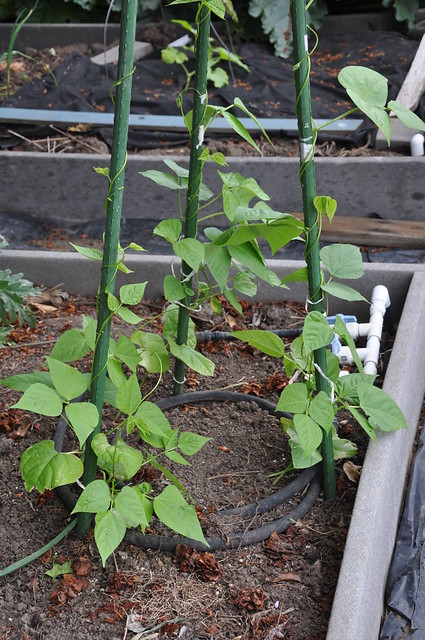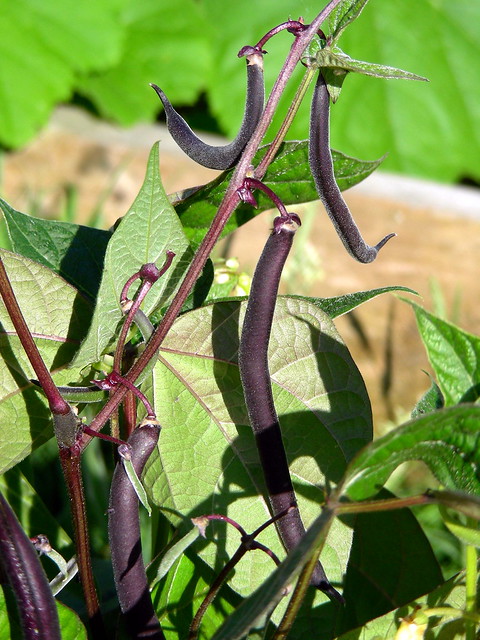Among the most commonly consumed food crops in the world include legumes, such as beans, peas, lentils, and tamarind, just to name a few. They are popular for various reasons including the ease of growing them, health benefits not to mention that they are inexpensive. There exist a wide variety of beans including pinto, navy, green, bush and even pole beans. While most types are dried for storage and preservation purposes, some are consumed while fresh. Most varieties also grow in well-drained soils and sunny environments. Many people, however, may not be able to differentiate among the different varieties of beans.

What is Pole Beans?
These are planted against a pole or a trellis for support hence is mostly planted near the support system. They are ideal for farming in a place with limited space due to their vertical growth. They are also easier to pick by hand due to easier visibility of the yields. This type of beans keeps producing as they are harvested, hence does not mature at the same time. A downside, however, is that pole beans take longer to mature. They are, however, more resistant to diseases. The ideal climatic conditions for farming this variety is cool weather. Some common varieties of pole beans include Gourmet haricots, Kentucky wonder, and Blue lake.

What is Bush Beans?
This is a type of beans that grow up to 3 ft. and do not require support, hence take up more room. They may not be ideal to plant in a limited space and are planted side by side in double rows. They mature at a fast rate, in comparison to pole beans and also mature at the same time, hence has the same maturity time frame. For this reason, they are preferable to persons who like their produce canned or frozen. The ideal climate for farming bush beans is hot weather. Some varieties of bush beans include green beans varieties such as tender crop, provider, derby and Nash.
Similarities between Pole Beans and Bush Beans
- Both are from the wax family of beans
- Both are easy to cultivate
Differences between Pole Beans and Bush Beans
-
Farming Space required
Pole beans do not require a lot of space as they have vertical growth. On the other hand, bush beans require a lot of space as they are planted side by side in double rows.
-
Climate needs
While the ideal climatic conditions for farming pole beans is cool weather, the ideal climatic conditions for farming bush beans is hot weather.
-
Maturity time
Pole beans keep producing as they are harvested, hence does not mature at the same time. On the other hand, bush beans mature at the same time and at a fast rate in comparison to pole beans.
-
Planting technique
While pole beans are planted against a pole or a trellis for support, bush beans are planted side by side in double rows.
-
Harvesting ease
Pole beans are easy to harvest by hand due to easier visibility of the yields. On the other hand, bush beans may not be easy to harvest by hand as they grow closer together.
Pole Beans vs. Bush Beans: Comparison Table

Summary of Pole Beans vs. Bush Beans
While pole require less space as they grow vertically, bush beans requires a lot of space as they are planted side by side in rows. Both types, however, produce great yields and are easy to grow.
- Difference Between Profit Center and Investment Center - July 2, 2022
- Difference Between Anti-Trust and Anti-Competition - June 6, 2022
- Difference Between Stocktaking and Stock Control - June 6, 2022

